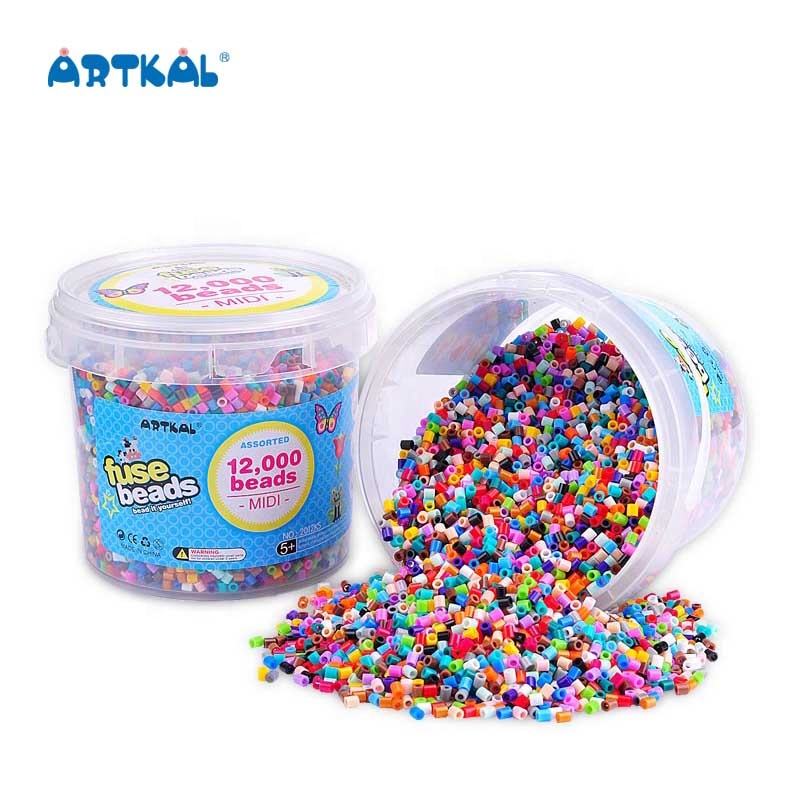Understanding the Distinctions
When it comes to crafting with beads, Perler and Artkal beads are two popular choices. Although they may seem similar at first glance, there are important differences between them that any creative enthusiast should be aware of. In this article, we will delve into the distinct qualities of Perler and Artkal beads to help you make an informed decision for your next crafting project.

1. Bead Composition
One of the main differences between Perler and Artkal beads lies in their composition. Perler beads are made of a plastic called low-density polyethylene (LDPE), which allows them to fuse together when heat is applied. On the other hand, Artkal beads are made of polyethylene (PE), a type of plastic that melts at a lower temperature. This distinction affects the way the beads behave during the crafting process.
2. Melting Temperature
The melting temperature is a crucial factor to consider when working with these beads. Perler beads require a higher melting temperature compared to Artkalbeads. The recommended temperature for Perler beads is around 400°F (204°C), while Artkal beads melt at approximately 360°F (182°C). It is important to keep in mind these temperature variations to achieve the desired results and prevent any mishaps during the fusing process.
3. Color and Shape Variety
Both Perler and Artkal beads offer a wide range of colors to choose from, allowing crafters to explore their creativity. However, Artkal beads tend to have a more vibrant and glossy finish compared to Perler beads. Furthermore, Artkal beads are available in different shapes such as squares, circles, and hexagons, while Perler beads are predominantly circular. The availability of diverse shapes adds versatility and options for various crafting projects.
4. Brand Availability
Perler is a well-established and widely recognized brand in the world of bead crafting. They have been around for many years and offer an extensive selection of beads, pegboards, and accessories. On the other hand, Artkal beads originated in Europe and have gained popularity in recent years, often offering a different range of colors and styles. The availability of these brands may vary depending on your location, so it is beneficial to explore both options and compare their offerings.
Summary
In summary, while Perler and Artkal beads may appear similar, they differ in composition, melting temperature, color and shape variety, and brand availability. Understanding these distinctions allows you to choose the beads that best suit your crafting needs and preferences. Whether you decide to use Perler or Artkalbeads, both offer endless possibilities for creating unique and beautiful designs. So, let your imagination run wild and enjoy the colorful world of bead crafting!

